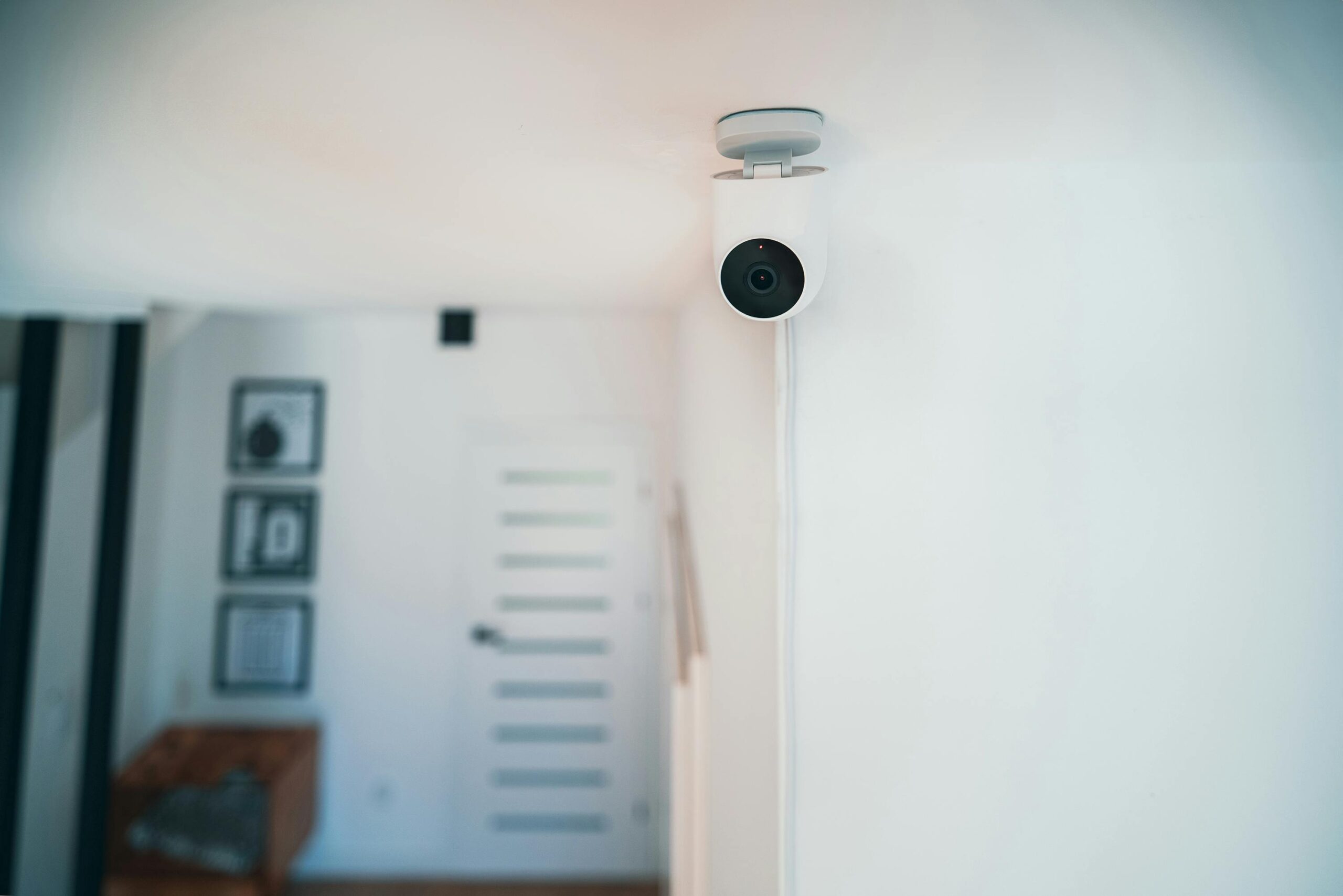A Guide To Get Best Kitchen Flooring Materials for Durability and Style
Selecting the ideal floor for your kitchen can be a difficult undertaking. With so many options available, it can be difficult to decide which one is the best fit for your space. In this article, we’ll explore some of the most popular kitchen flooring materials, along with their pros and cons.
Tile
Tile is a favored choice for kitchens due to its durability, ease of cleaning, and extensive variety of styles and colors. The three main types of tile are ceramic, porcelain, and natural stone.
- Ceramic Tile: The most affordable option.
- Porcelain Tile: Known for its enhanced durability.
- Natural Stone Tile: Includes luxurious materials like marble or granite, but comes at a higher price.
Pros of Tile:
- Highly durable
- Easy to clean
- Wide range of styles and colors
Cons of Tile:
- Can be cold to the touch
- May become slippery when wet
Improve Your Kitchen Lighting: Bright Ideas for Your Cooking Space
Vinyl
Vinyl flooring is a popular choice for kitchens because of its affordability, durability, and easy installation. It comes in various styles, including sheet vinyl and luxury vinyl plank (LVP).
- Sheet Vinyl: A single piece of vinyl that is glued to the floor.
- LVP: Composed of individual planks that snap together.
Pros of Vinyl:
- Affordable
- Durable
- Easy to install
- Available in many styles and colors
Cons of Vinyl:
- Can be scratched or damaged
Laminate
Laminate flooring is another cost-effective option for kitchens, known for its durability and ease of installation. It consists of a core layer sandwiched between a decorative layer and a wear layer.
Pros of Laminate:
- Affordable
- Durable
- Easy to install
- Wide variety of styles and colors
Cons of Laminate:
- Vulnerable to water damage
Wood
Wood flooring offers a classic look for kitchens but is generally the most expensive option. It consists of individual planks that can be nailed or glued to the floor. There are two main types:
- Hardwood Flooring: Made from solid wood.
- Engineered Wood: Features a thin veneer of hardwood on a plywood core.
Pros of Wood:
- Beautiful and timeless
- Durable
- Adds value to your home
Cons of Wood:
- Expensive
- Can be scratched or damaged
- Requires regular maintenance
Conclusion
When selecting kitchen flooring, consider your budget, lifestyle, and personal preferences. Tile, vinyl, laminate, and wood are all excellent choices for kitchens, each with unique advantages and drawbacks. Weigh your options carefully to find the perfect fit for your cooking space!
By making an informed choice, you can achieve a stylish and durable kitchen floor that meets your needs for years to come.


